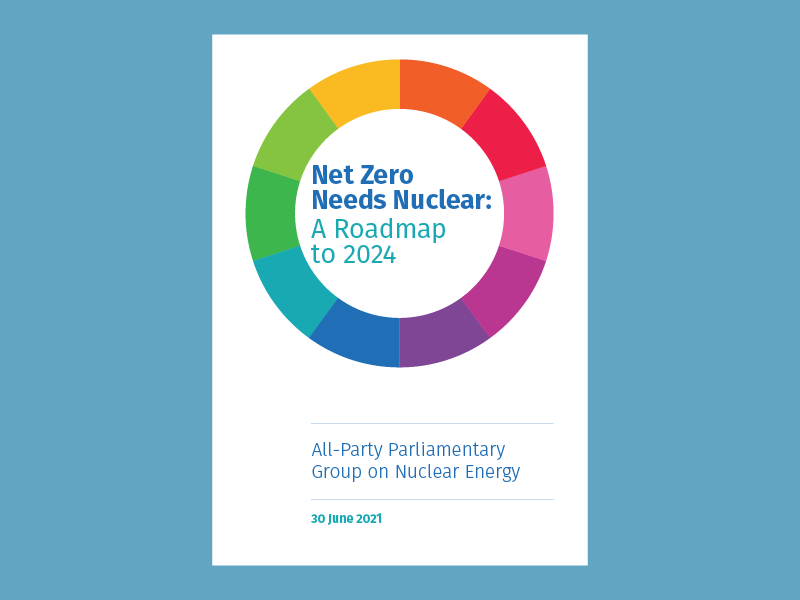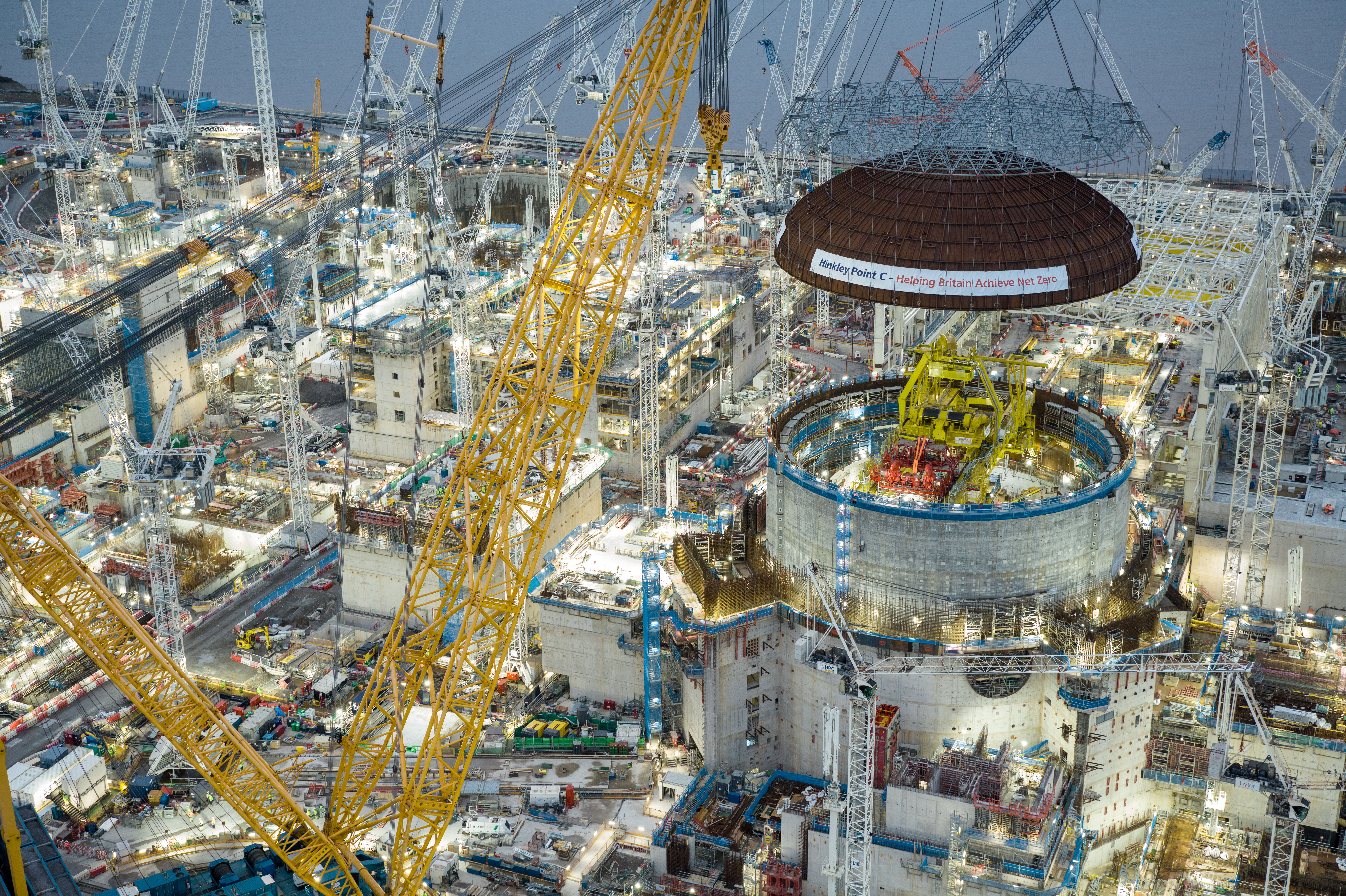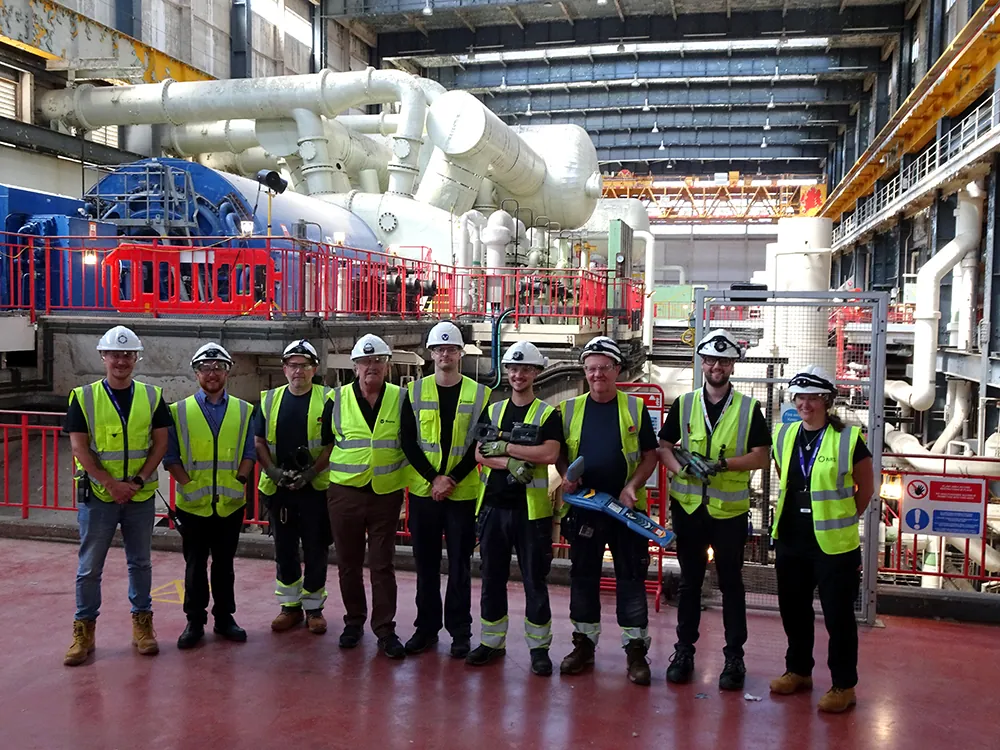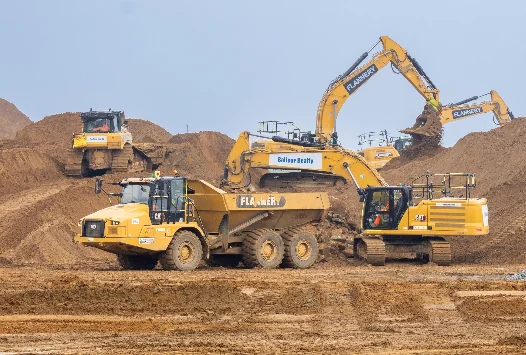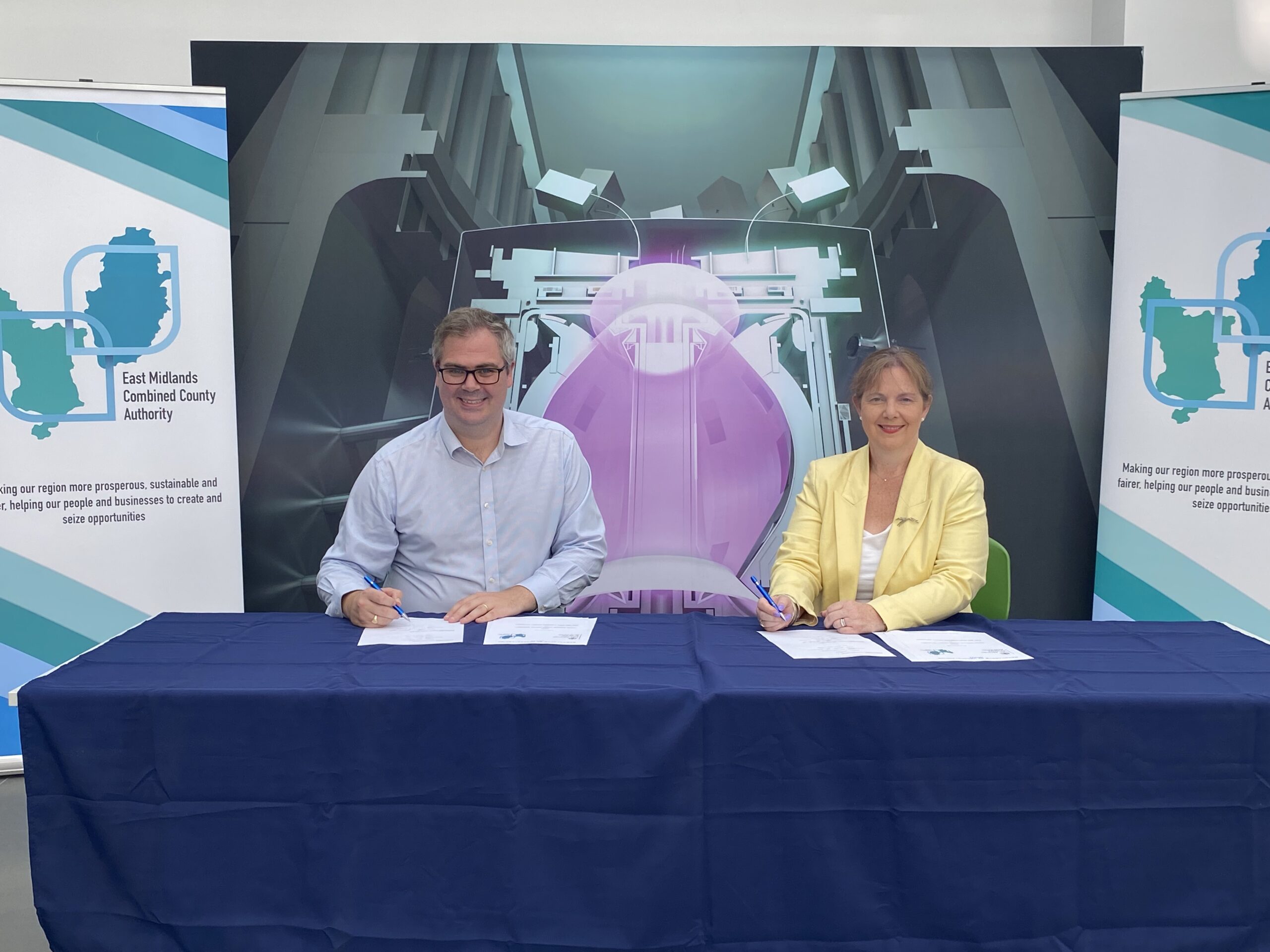New investment in large and small-scale nuclear will protect UK jobs, energy security and climate goals
The UK Government must make urgent decisions in this Parliament to restore UK nuclear capacity to at least 10 GW based on deployable technologies by the early 2030s, according to a new report by the Nuclear APPG, Net Zero Needs Nuclear: A Roadmap to 2024. The report argues that decisions are needed to cut emissions and to preserve the UK’s exceptional nuclear skills base, since most of the Britain’s nuclear fleet will retire by March 2024, and all but one station by 2030.
The 10 GW target matches the CCC’s Sixth Carbon Budget and would provide a foundation for a more ambitious expansion of nuclear power in the years to come. The CCC’s recent progress report made it clear that to stay on track for net zero the UK multiple new nuclear stations, in addition to Hinkley Point C, to be operational by the mid-2030s and clarity on financing.
The most important step is for the Government to introduce legislation for a new nuclear financing model. Financing is the costliest part of new construction, so Government support would drive investor confidence and make it cheaper to fund and build new stations.
The report’s 10 recommendations also urge the Government to:
- Support Sizewell C to Final Investment Decision (FID) in 2022
- Establish the siting and policy framework in 2022 to enable the deployment of a fleet of SMRs and an AMR demonstrator
- Government commitment to at least 1 additional Gigawatt-scale nuclear power plant by the middle of 2024 and to enable further Gigawatt-scale development
The report estimates that, if delivered, these steps would create more than 90,000 jobs in the UK and save more than 30 million tonnes of emission per year by 2035.
Without new investment, job losses throughout the supply chain will accelerate to 2030. The UK will lose key capabilities in fuel manufacturing and critical reactor technology expertise. Most of the jobs and capabilities lost would be concentrated in UK regions outside London and the South East, setting back the Government’s levelling up agenda.
The UK would also lose 30% of its indigenous clean power generation. Without a clean, firm power base to stabilise the grid, the UK will have to pay for costly fossil fuels and imported power to cover gaps in generation. By 2035, emissions will be 200 million tonnes higher.
Before any fleet retirements have taken effect, UK emissions are already higher in 2021 than in 2020, the first year on year increase since 2012. As grid demand is expected to surge even as coal is phased out, the UK cannot achieve its climate goals without a strong contribution from nuclear power.
Ian Liddell-Grainger MP, Chair of the APPG, said:
“The nuclear industry delivers for the UK. Here in the South West, we have seen at Hinkley Point C what new nuclear means on the ground: thousands of new jobs, hundreds of new apprenticeships, massive upskilling, and billions of pounds invested into the local economy. I urge the government to embrace this Roadmap to hit our net zero goals and level up the economy.”
Virginia Crosbie MP, Vice-Chair and Secretary of the APPG, said:
“Sites like Wylfa Newydd in my constituency of Ynys Môn are primed for new nuclear investment. Should the Government back a new financing model and take this Roadmap forward, we can begin building the new stations we need. With most of our fleet retiring in three years it is vital that we move forward with sites like Wylfa Newydd”
Charlotte Nichols, Co-Chair of the APPG, said:
“Nuclear means good, well-paid jobs for people across the country, giving the so many communities the opportunities they deserve. If we don’t invest in new capacity, we will lose those opportunities, and the jobs and skills to drive a green recovery. We have to see action now.”
Tom Greatrex, Chief Executive of the Nuclear Industry Association, said:
“Only nuclear can replace nuclear. With urgent action from Government, the industry is ready, willing and able to provide firm power capacity, through large and small reactors designs, to cut emissions and create good jobs across this country. Nuclear technologies alone can produce always-on, low-carbon power, and options for clean heat and hydrogen going forward. With most of our fleet retiring, we need urgent investment in large and small scale nuclear projects to realise the promise of a net zero future.”
Read the full report HERE.
ENDS
Notes to Editors
- The Balanced Pathway for the CCC’s Sixth Carbon Budget assumed that two new nuclear power stations would be in operation by 2035, in addition to Hinkley Point C, for a total of 10 GW of capacity.
- The Government has committed to a Final Investment Decision on at least one new nuclear power plant by the end of this Parliament.
- Hunterston B, Hinkley Point B, Hartlepool and Heysham I nuclear power stations are all scheduled to retire by the end of March 2024, representing more than 4 GW of nominal generating capacity.
- Heysham II and Torness are scheduled to retire by 2030, meaning all the UK’s Advanced Gas-Cooled Reactors (AGRs) will be offline. Of the existing fleet, only the Pressurised Water Reactor at Sizewell B, with 1.2 GW of capacity, is scheduled to be operational after 2030.
- Nuclear is the second most important source of clean power in the UK currently, after wind.
- Nuclear power has saved the UK more than 2 billion tonnes of carbon emissions in total, the equivalent of all UK emissions from 2015 through 2020.
About the Nuclear APPG
The APPG on Nuclear Energy provides a forum for MPs and Peers to engage with leading businesses and organisations that are working to enable the UK to meet its decarbonisation targets through the implementation of civil nuclear projects, and to discuss policy options to support these.
The Group was established in July 2015. It is a cross-party group of MPs and Peers that focuses on raising awareness of and building support for nuclear energy projects that will enable the UK to meet decarbonisation targets.
Back to the hub